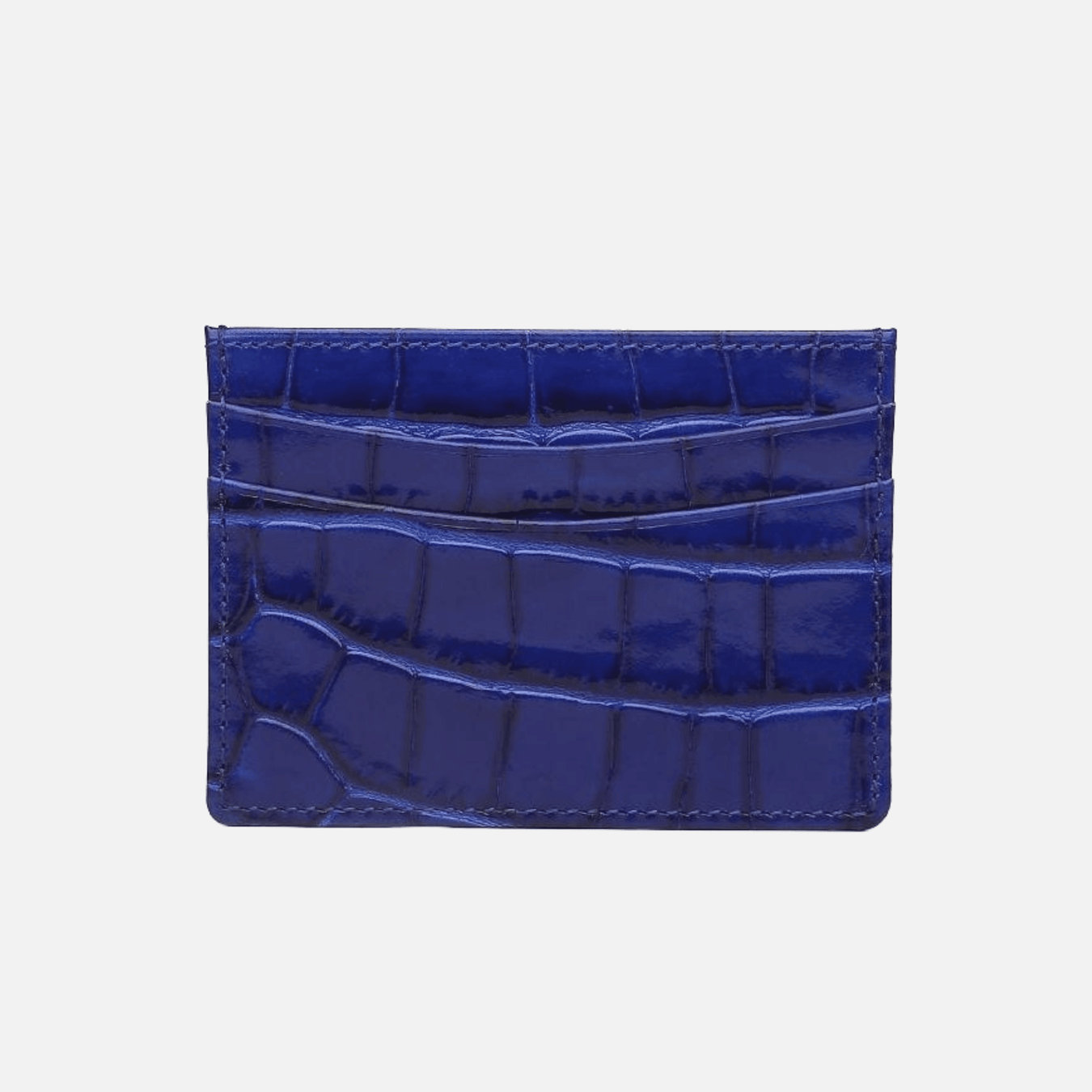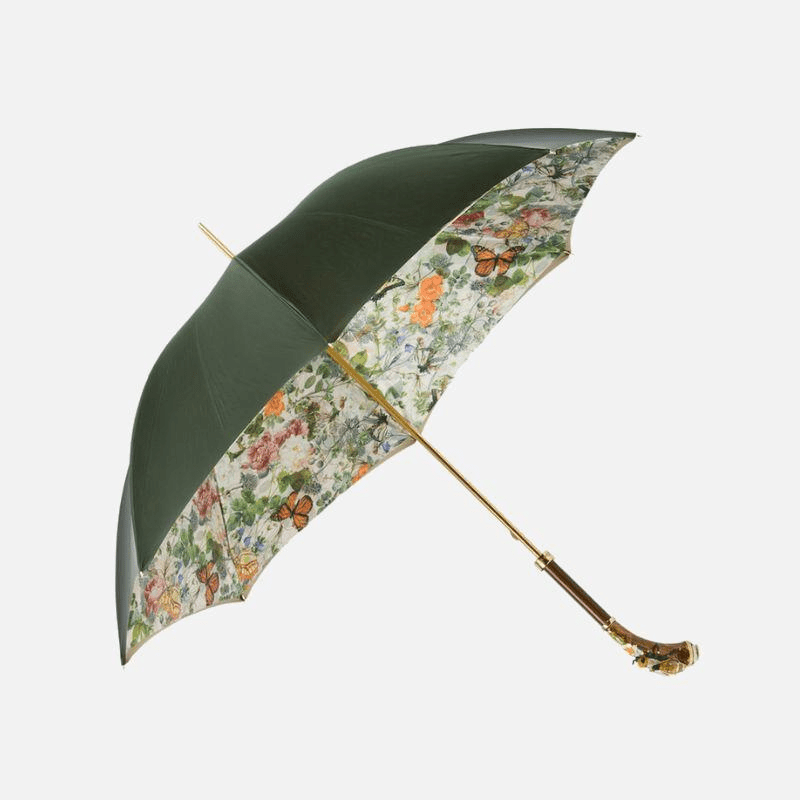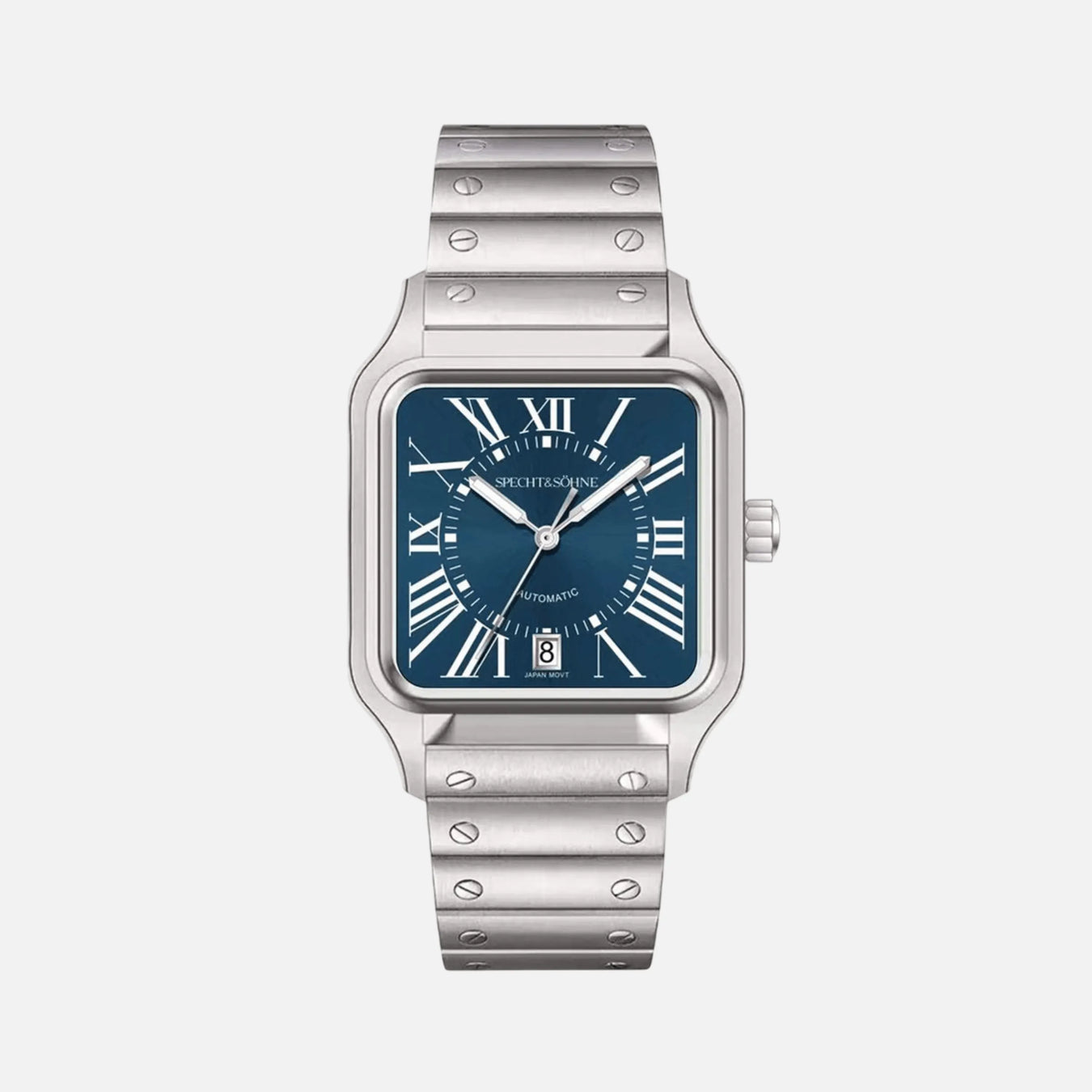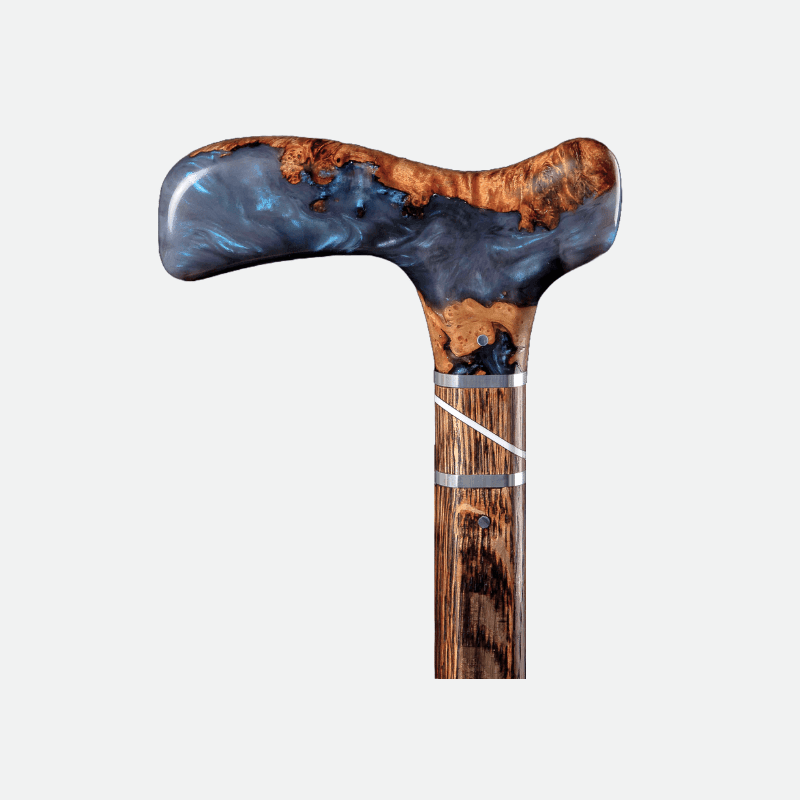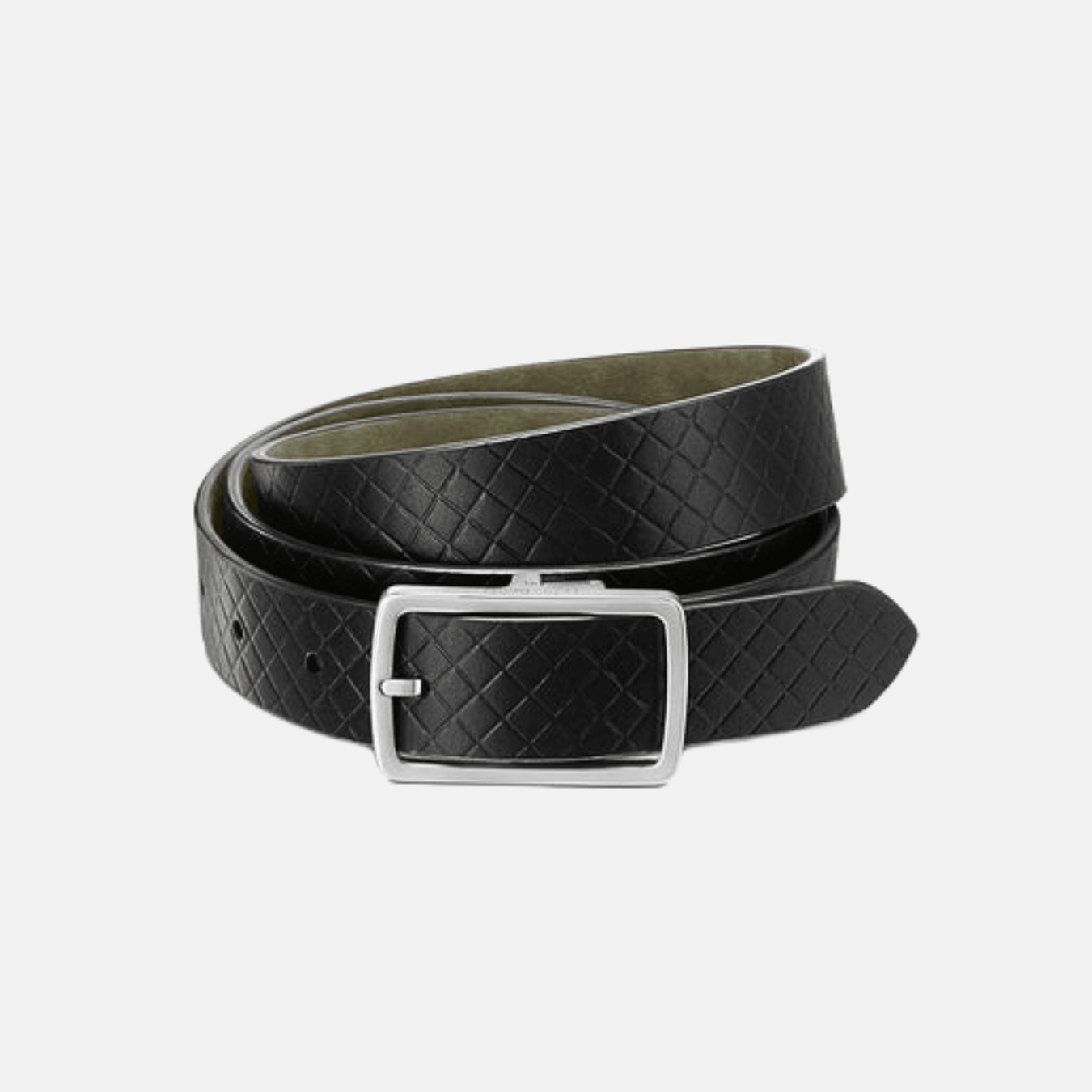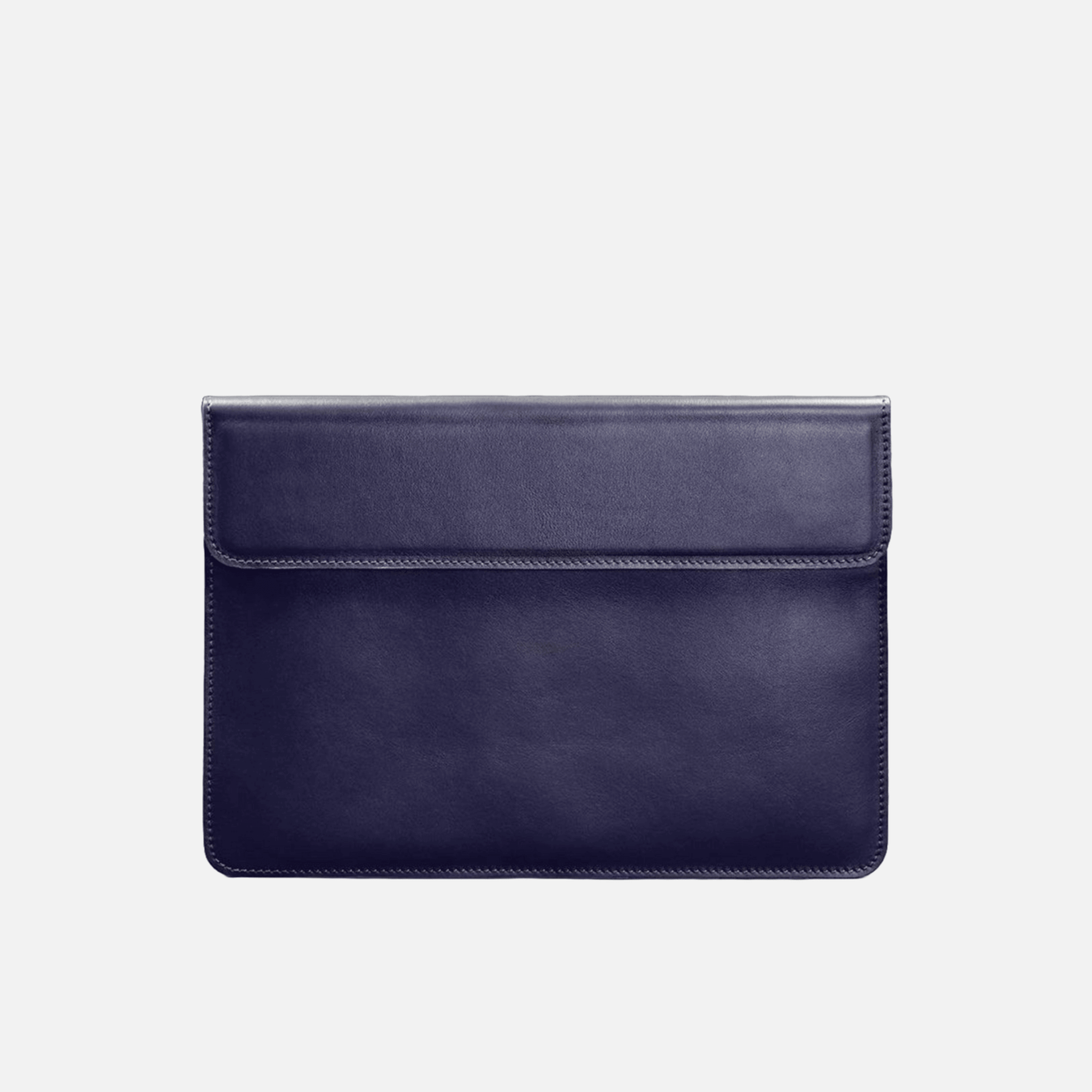
Modern vs. Classic: Finding Your Style in Luxury Home Sculpture
When it comes to elevating your interior, few pieces make a statement quite like a luxury sculpture. More than decoration, sculpture is a form of personal expression, a reflection of taste, and a conversation starter in any room. But as you begin curating your space, a key question arises: Should you choose modern or classic sculpture?
Both styles offer distinct appeal, and the right piece depends on your home’s aesthetic—and your own sensibilities. Here’s how to navigate the world of modern vs. classic home sculpture to discover what fits your style.
Modern vs. Classic: Finding Your Style in Luxury Home Sculpture
1. Defining the Styles: What Is Modern vs. Classic Sculpture?
Classic Sculpture:
Rooted in tradition, classic sculptures draw inspiration from Greco-Roman art, Renaissance techniques, and historical motifs.
Typical Characteristics:
-
Human figures, busts, mythological scenes
-
Detailed craftsmanship and realism
-
Materials like marble, bronze, or alabaster
-
A sense of permanence and timeless beauty

Modern Sculpture:
Modern and contemporary pieces are often abstract, minimalist, or conceptual. They focus on form, material, and expression rather than realism.
Typical Characteristics:
-
Geometric or organic forms
-
Bold or unexpected materials (metal, resin, mixed media)
-
Simplified, symbolic shapes
-
Emphasis on movement, light, and negative space

2. What Each Style Says About Your Space
Choosing Classic sculpture conveys:
-
Elegance, heritage, and a refined atmosphere
-
A connection to history, academia, or old-world luxury
-
A more formal or traditional design language
Where It Works: Grand foyers, formal living rooms, libraries, classical architecture, or homes with ornate moldings and antique accents.
Choosing Modern sculpture conveys:
-
A bold, forward-thinking aesthetic
-
A focus on design innovation and artistic individuality
-
A clean, curated, and often minimalist sensibility
Where It Works: Open-concept spaces, contemporary homes, lofts, galleries, or rooms with neutral palettes and clean lines.
3. Materials and Finishes: A Tactile Decision
The material of your sculpture influences both visual impact and the atmosphere it creates.
| Style | Common Materials | Texture & Tone |
|---|---|---|
| Classic | Marble, bronze, wood | Polished, aged, hand-carved |
| Modern | Resin, steel, concrete, glass | Matte, reflective, industrial or sleek |
Tip: Choose finishes that complement your existing décor—classic materials add warmth and gravitas, while modern textures can inject energy and contrast.
4. Scale and Placement: Intentional Design
Whether you go modern or classic, scale matters. Your sculpture should complement—not compete with—your room’s layout.
Classic Sculptures:
-
Ideal as centerpieces or accent pieces on pedestals
-
Work well near fireplaces, in alcoves, or as part of symmetrical arrangements
Modern Sculptures:
-
Suitable for open spaces or bold focal points
-
Can be suspended, wall-mounted, or placed asymmetrically for visual tension
Pro Tip: Use lighting to emphasize the texture and form of your sculpture. Uplighting and directional spotlights work beautifully for both styles.
5. Bridging the Gap: Mixing Modern and Classic
Can’t choose? Mixing styles can add visual interest and depth to your space.
How to Do It Well:
-
Place a classic bust on a minimalist metal pedestal
-
Combine a modern abstract form with antique furniture
-
Use a neutral color palette to tie both elements together
Result: A curated, lived-in look that reflects a layered and confident design sensibility.
Final Thought: Let Your Style Be the Sculpture
Whether you lean toward the refined elegance of classical sculpture or the expressive minimalism of modern art, the key is choosing pieces that resonate with you. Your home is a canvas—and sculpture gives it form, weight, and personality.
So take your time. Explore both traditions. And remember: the best piece is the one that reflects your point of view, your space, and your story.

